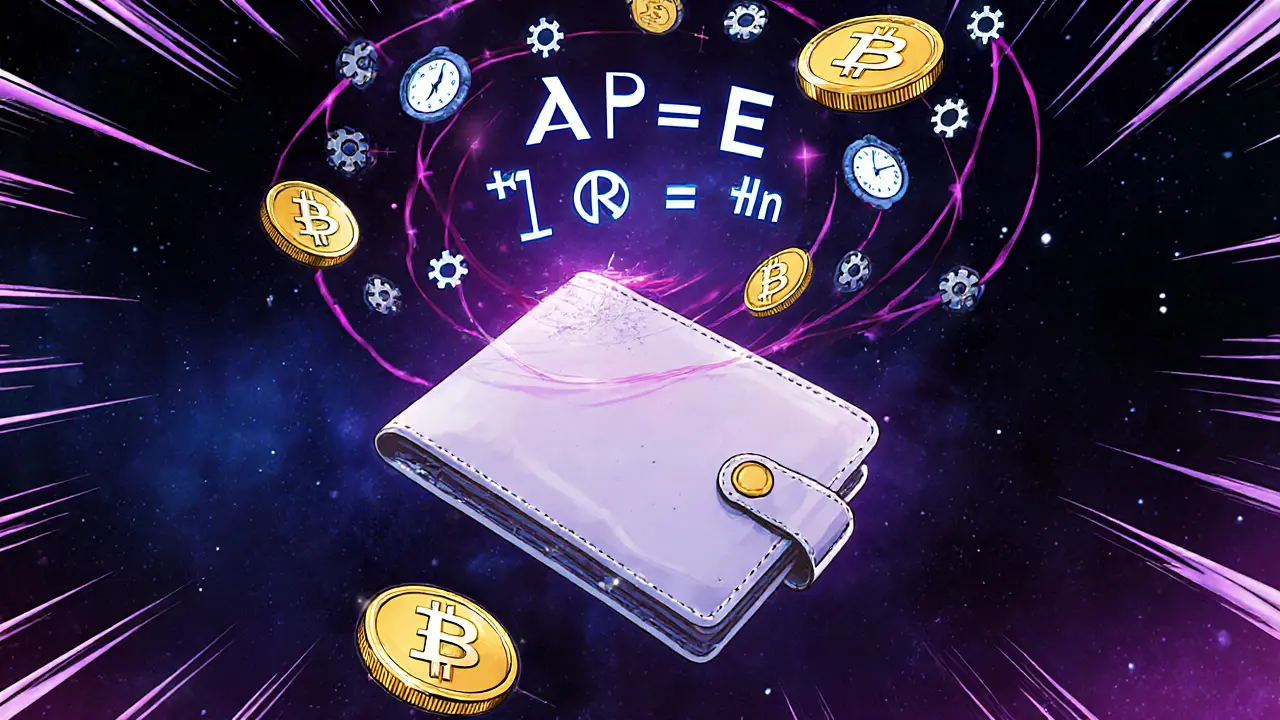Crypto Staking Returns: How Much You Really Earn and Where to Watch Out
When you stake crypto, you’re locking up your coins to help secure a blockchain—and in return, you earn crypto staking returns, the rewards paid out for helping validate transactions on proof-of-stake networks. This isn’t interest like a bank account—it’s a participation fee paid in native tokens, and it can range from 3% to over 20% annually, depending on the network, demand, and how many others are staking. Not all blockchains are built the same, and that’s why your returns aren’t guaranteed. proof of stake, the consensus mechanism that replaces mining with staking powers chains like Ethereum, Solana, and Cardano, and each has its own reward formula. Some pay out daily. Others lock your tokens for weeks. Some even slash your stake if you mess up.
DeFi staking, staking through decentralized protocols like Lido, Rocket Pool, or Curve often offers higher yields than centralized exchanges—but it comes with smart contract risk. If the code has a flaw, you could lose everything. Meanwhile, exchanges like HTX or Klickl make staking simple: click, stake, earn. But they control your keys, and if they get hacked or shut down, your rewards vanish with them. You also need to watch out for hidden fees, withdrawal delays, and platforms that promise impossible returns—like 50% APY on a new token with no history. That’s not a reward; it’s a trap.
Real crypto yield, the actual return you take home after fees, taxes, and lock-up periods isn’t just about the percentage. It’s about liquidity, security, and how long you’re willing to wait. Some tokens pay in their own coin, which might drop 30% the week after you stake. Others pay in ETH or USDC, giving you stable value. And don’t forget taxes—many countries treat staking rewards as income the moment you receive them. The best returns aren’t the highest numbers—they’re the ones that last.
Below, you’ll find real reviews and breakdowns of platforms that actually deliver on their promises—and the ones that don’t. We cover how exchanges handle staking, what happens when a project fades, and how to spot scams hiding behind fake APY numbers. No theory. No hype. Just what you need to know before you stake your next coin.
Learn how to calculate crypto staking rewards using APY, understand compounding, and avoid common traps. See real examples of Ethereum, Solana, and DeFi staking returns.

